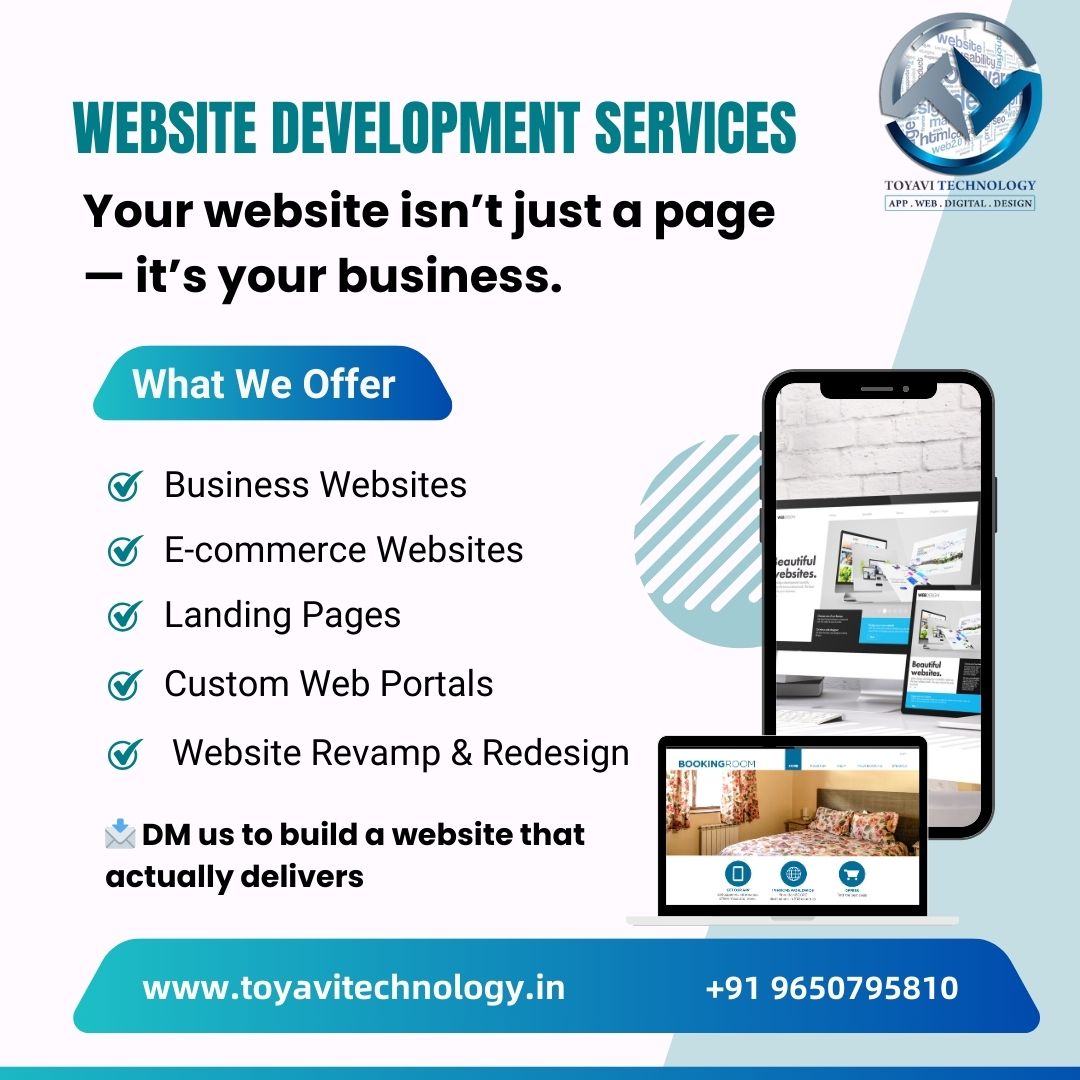Website Design and Development
Website design focuses on the look and feel of your site — the colors, layout, typography, images, and overall user interface (UI). It’s about creating an engaging, intuitive experience that resonates with your target audience.
On the other hand, website development refers to the technical backbone that makes your website functional. This includes coding, programming, server management, and ensuring that all features (like contact forms, shopping carts, and interactive elements) work flawlessly.
Together, website design and development create a seamless, attractive, and highly functional online platform tailored to your business needs.
Why Is Website Design and Development Important?
1. First Impressions Matter
Studies show that users form an opinion about your website within seconds. An outdated or poorly designed website can drive visitors away before they explore your offerings. A modern, professional design builds credibility and encourages visitors to stay longer.
2. Enhances User Experience (UX)
Great design isn’t just about beauty — it’s about usability. A well-designed website makes it easy for visitors to find information, navigate between pages, and complete actions like signing up for newsletters or making purchases. Smooth UX increases user satisfaction and boosts conversion rates.
3. Mobile Responsiveness
With over half of all web traffic coming from mobile devices, having a mobile-friendly website is no longer optional. Responsive design adapts your site layout to different screen sizes and devices, ensuring an optimal experience whether users are on a desktop, tablet, or smartphone.
4. Improves SEO Performance
Search engines like Google prioritize websites that are well-structured, fast, and user-friendly. Professional development ensures your site loads quickly, has clean code, and integrates SEO best practices. This leads to higher rankings, increased visibility, and more organic traffic.
5. Supports Business Growth
As your business evolves, your website needs to adapt. Custom website development allows you to add new features, integrate third-party tools, and scale your platform to meet growing demands without compromising performance.
Key Elements of Effective Website Design and Development
User-Centered Design
Understanding your audience is key. Design decisions—from colors and fonts to navigation and content placement—should be made with the user’s preferences and behaviors in mind. This ensures visitors feel comfortable and engaged.
Clear Navigation
A simple, intuitive menu structure helps visitors find what they need quickly. Breadcrumbs, search bars, and clear calls-to-action (CTAs) guide users through their journey on your site.
Fast Loading Speed
Website visitors expect pages to load in under three seconds. Slow-loading websites increase bounce rates and negatively impact SEO rankings. Optimized images, caching, and clean code contribute to faster load times.
Security
Security is paramount, especially for ecommerce websites or sites collecting user data. Implementing SSL certificates, secure payment gateways, and regular software updates protects your business and your customers.
Content Management System (CMS)
A robust CMS like WordPress, Joomla, or Drupal allows you to easily update and manage your website content without needing advanced technical skills. This empowers you to keep your website fresh and relevant.
Trends in Website Design and Development
To stay ahead, it’s important to be aware of current trends shaping the digital landscape:

